The best free nature apps
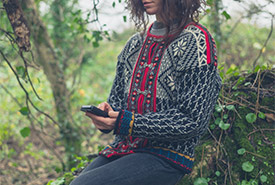
Engaging with nature doesn't mean you have to put down your phone (Photo by ©ysbrandcosijnfotografie via Canva)
Some nature lovers may find technology and the natural world at odds. How can you enjoy tranquility with the ping of your smartphone? While nature may be a refuge to unplug, I would like to present an alternative view. Apps and the technology that goes into them can help enhance our experience with nature, which can be a good thing for everyone.
Citizen science apps
A plethora of nature-based apps have popped up in recent years. Species identification apps are some of the most popular. These apps use powerful image recognition software that can identify wild plants and animals from the pictures you snap with your mobile device. From frogs to fungus, some apps can do it all, while others focus on just identifying plants, or even birds by their songs.
While simple, these observations create powerful datasets that researchers can use to answer pressing questions about the critters on our planet. These apps are a great way for anyone to participate in science, which is where the name citizen science comes from.
- iNaturalist — This app uses image recognition technology to identify wild plants and animals. You can join specific projects that focus on collecting observations of a particular species or at a specific place. Best of all, the data you collect is shared with the Global Biodiversity Information Facility, which advances scientific understanding through open data that is available to scientists around the world.
- Seek by iNaturalist — A version of iNaturalist that is geared at encouraging outdoor exploration. It can identify wild plants and animals in real time and on screen. It even has fun badges and achievements, but it doesn't require registration or collect any user data by default.
- eBird — eBird is a way for you to store bird observations, checklists, photos and even sound recordings and make them available to other birders, educators and scientists. People all over the world use the app and contribute bird sightings; you can find nearby birding hot spots and connect with other users. The powerful crowd-sourced sightings are used by researchers to better inform bird conservation. How neat is that?
- Merlin — Ever hear a bird chirp and wonder what species it was? The latest function by Merlin Bird ID can identify birds by their songs and calls and shows real-time suggestions of what might be singing. The photo ID is easy to use for instances when you might have only caught a glimpse of a bird. The app will show you a list of suggestions based on location of the observation, bird colour, size and posture (such as, whether it was flying or perched on a tree).
- EDDmaps (Ontario, Alberta) — Like iNaturalist, but for invasive species. This app allows you to take a picture and easily submit observations of invasive species. Early detection and reporting of invasive species can be helpful for land managers who access these data to respond quickly before the invasive species spread widely. If you have invasive species in your life, this is the app for you.
- Marine Debris Tracker — Looking to log your beach cleanup data? Surfrider Canada has teamed up with the Marine Debris Tracker App and they have the perfect app for you. You can quickly upload the type and quantity of marine debris you find, attach photos and location tag them. It’s a great tool to track your impact and even motivate some friendly competition with your beach cleanup friends.
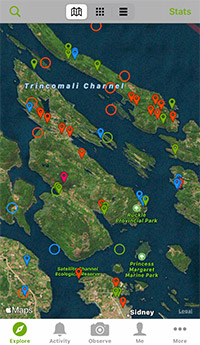
iNaturalist app
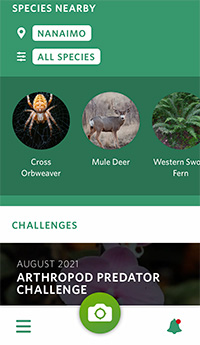
Seek app
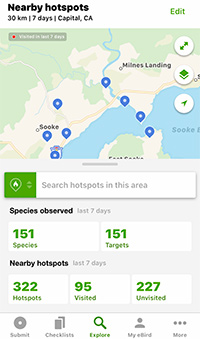
eBird app
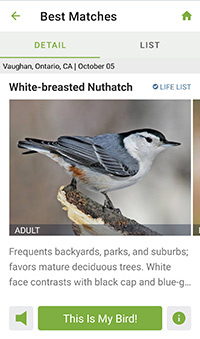
Merlin Bird ID
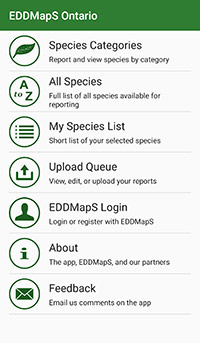
EDDmaps app
Marine Debris Tracker app
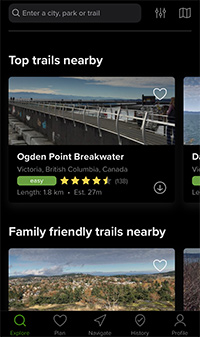
AllTrails app
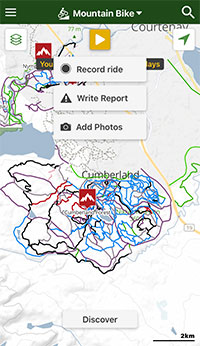
Trailforks app
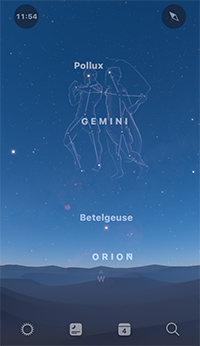
Sky Guide app
Outdoor adventure apps
A whole other class of outdoor apps is aimed at outdoor adventurers. These are largely map-based apps that help bikers, hikers, runners and any kind of outdoor recreationist explore. These apps usually have functionality to record and compare stats between users, offer GPS navigation, and even allow you to review and rate trails. If you are new to nature, this is a great place to get started; these apps make finding and exploring outdoor spaces near you a breeze.
- AllTrails — This app has a user-generated database of trails that are ranked and reviewed. Think Yelp, but for hiking trails. You can sort hikes by popularity or distance, save them to a favourites list and use the app for GPS navigation on your trail of choice. Reading the comments is a great way to get an idea of current conditions.
- TrailForks — One of the largest databases of mountain biking trails in the world. But this app is also great for trail runners, hikers and any kind of explorer looking to find new trails. This app is loaded with functionality, including a route finder, route planner, GPS navigation and heatmaps to find or avoid the most highly trafficked trails.
- Sky Guide — If you are looking to explore the night sky, this free app uses your GPS coordinates to bring constellations and planets to life. Just hold your phone up to the sky and you can find the names, history and background information for a variety of celestial bodies. The app even includes a calendar of astronomical events, so you’ll never miss another meteor shower.
Nature-based apps can turn a trip outdoors into a more immersive experience. While a forest may just have felt like a pleasant backdrop, with new technology, plants, animals and even constellations can virtually pop out with the touch of a button. It's a commendable effort at making knowledge easily accessible. In the past learning about the species that make up a forest may have taken years of schooling or at least personal commitment to reading at the library or amassing a collection of field guides. The same knowledge can now be garnered with the touch of a button, which for some may be the start of a new fascination. This critical thinking, even if it's just wondering why there are so many different species of trees at your local hiking trail, can lead to a public that is more interested and passionate about the natural world that surrounds them.


